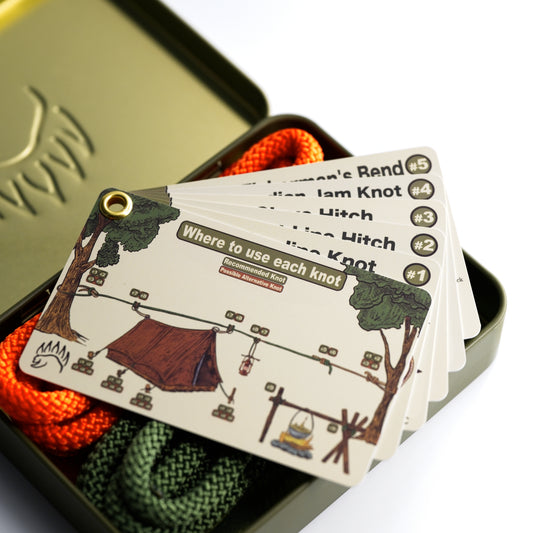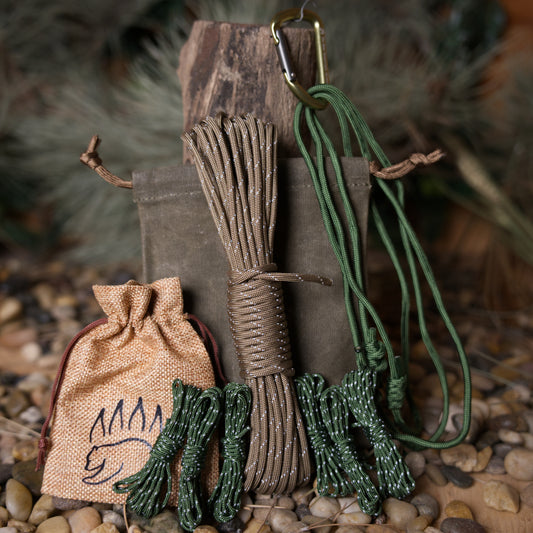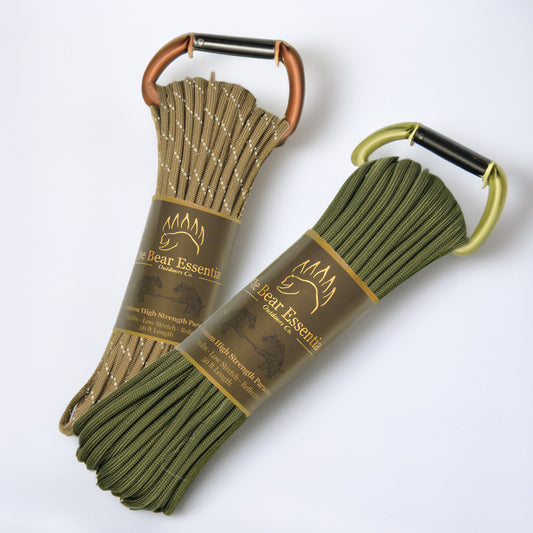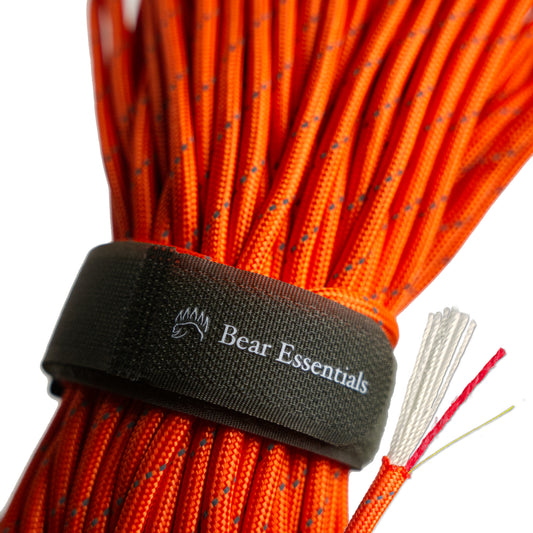How to Tie the Halter Hitch
Usage
The Halter Hitch is commonly used to secure a rope to a post or ring with a quick-release mechanism, making it perfect for temporary ties in bushcraft or animal handling. It’s more secure under load than the Slip Knot but unties instantly. Its simplicity is ideal for fast setups for tarps or livestock, though it can slip if not tensioned properly.
Why Learn the Halter Hitch?
Its slipped loop design ensures a secure hold with instant release. This knot is ideal for outdoor enthusiasts needing a reliable, temporary tie.
Common Uses
-
Bushcraft:
- Ties tarps to trees for quick shelters.
- Secures gear or food bags in camp.
-
Utility:
- Fastens ropes to posts for temporary ties.
- Secures loads or equipment in everyday tasks.
ABOK Number
(Ashley Book of Knots)
Other Names
Category
|
Notable Features
- Instant Release: Unties with a single pull on the working end.
- Strong Hold: Maintains grip under moderate loads when tensioned.
- Easy to Tie: Simple structure, perfect for quick field use.
- Versatile: Works for tarps, livestock, or household securing.
Variations
(No true variations listed in the provided data. To add security, tie an Overhand Knot on the working end after forming the Halter Hitch to prevent accidental release, though this may slow untying.)
Similar Knots
Highwayman’s Hitch vs. Halter Hitch
- Pros: Collapses dramatically for faster release in high-stakes scenarios.
- Cons: More complex to tie and less secure under fluctuating loads.
Siberian Hitch vs. Halter Hitch
- Pros: Stronger for heavy loads and easier to tie in cold conditions.
- Cons: Slightly slower to release compared to the Halter Hitch.
Tumble Hitch vs. Halter Hitch
- Pros: Simpler to tie and releases with a shake, ideal for tarps.
- Cons: Less secure under sustained or dynamic loads.
History
The Halter Hitch likely originated in agricultural and maritime settings, where quick-release knots were essential for securing livestock or temporary rigging. Referenced in The Ashley Book of Knots (#1804), it’s valued for its balance of security and speed. Its adoption in modern bushcraft and utility tasks reflects its practicality for fast, reversible ties in outdoor and everyday scenarios.
Security Level
The Halter Hitch provides reliable security for temporary ties under moderate loads, holding well when tension is maintained. It may slip with slick ropes or without steady tension. Adding a stopper knot on the working end can enhance reliability for critical applications. See stevedore stopper knot.
Downsides
- Tension dependency: Can loosen without constant load.
- Material sensitivity: Less secure with slick or stiff ropes.
Structure
- Pass the rope around a post or ring, bringing the working end over the standing part.
- Form a bight with the working end and pass it under the standing part.
- Pull the bight through the loop created around the post to form a slipped loop.
- Tighten the knot by pulling the standing part, ensuring the bight is accessible.
- Check the knot to confirm it holds under tension but releases easily.
Pro Tip: Leave the bight long enough for easy pulling to release the knot.
FAQ
Is the Halter Hitch strong enough for heavy loads?
It’s suitable for moderate loads but not ideal for heavy ones; use the Bowline for greater strength.
How does the Halter Hitch compare to the Slip Knot?
It’s more secure under load but requires a post or ring, unlike the Slip Knot’s versatility.
Can the Halter Hitch be used for animal handling?
Yes, it’s great for tying livestock to posts, as it releases quickly and holds securely.
Why does the Halter Hitch slip sometimes?
It relies on tension; without it, slick ropes or loose tying can cause loosening.
Is the Halter Hitch safe for bushcraft shelters?
It’s effective for quick tarp ties but needs monitoring; a stopper knot adds security.
Important Notes on Safety
Common failure points include slippage with slick ropes or insufficient tension. Always test the knot under light load before relying on it for critical tasks.
Ensure the post or ring is sturdy before tying.
Check the knot for proper tension and alignment.
Practice tying in low-stakes settings first.








